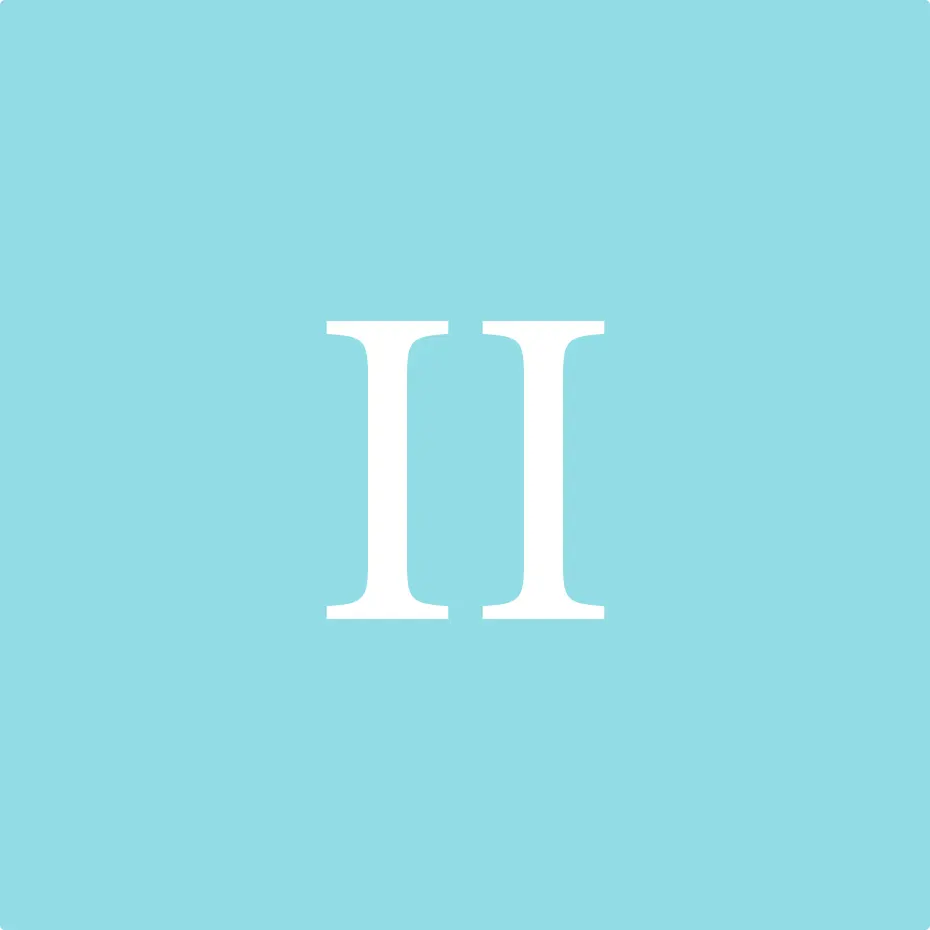Number
In number theory, a deficient number or defective number is a positive integer n for which the sum of divisors of n is less than 2n. Equivalently, it is a number for which the sum of proper divisors (or aliquot sum) is less than n. For example, the proper divisors of 8 are 1, 2, and 4, and their sum is less than 8, so 8 is deficient.
The first few deficient numbers are: 1, 2, 3, 4, 5, 7, 8, 9, 10, 11, 13, 14, 15, 16, 17, 19, 21, 22, 23, 25, 26, 27, 29, 31, 32, 33, 34, 35, 37, 38, 39, 41, 43, 44, 45, 46, 47, 49, 50, … (sequence A005100 in the OEIS)
II 2 ふた دو שניים
II 2 ふた دو שניים
II 2 ふた دو שניים
II 2 ふた دو שניים
II 2 ふた دو שניים
II 2 ふた دو שניים
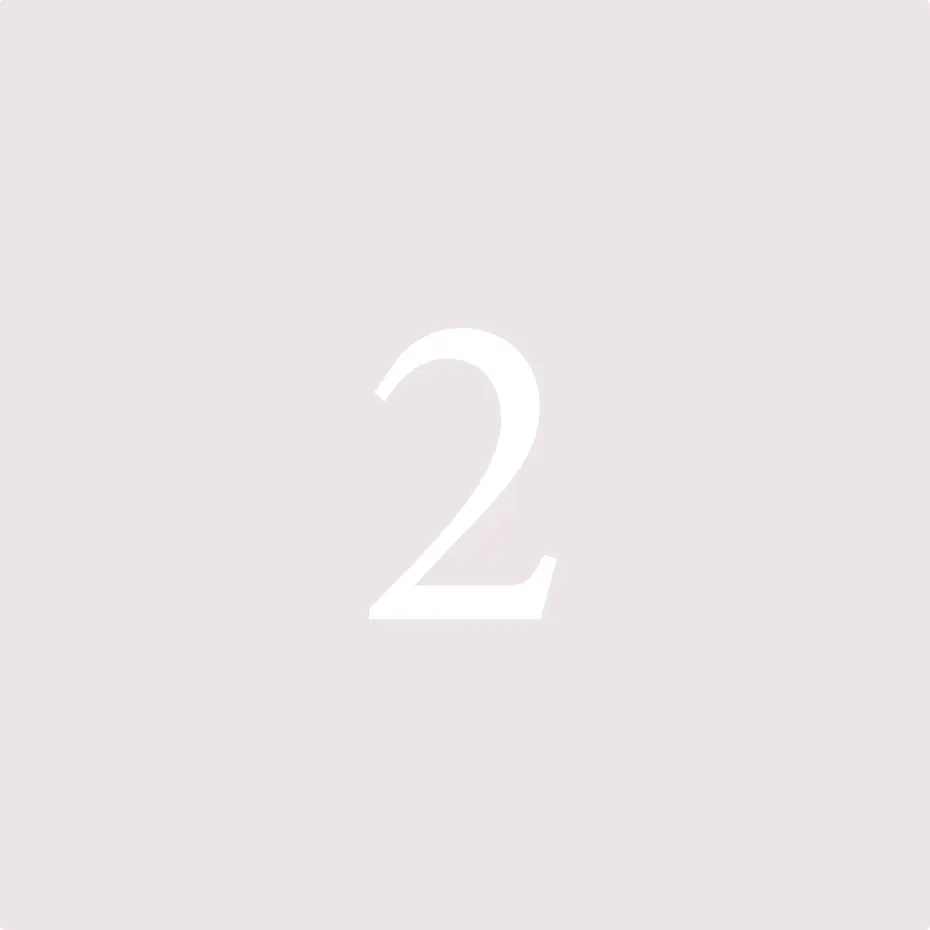
ふた
はじめのそしゃすうであり、ほかにはどのそしゃすうもきせつのそうすうでないただいのすうちです。よくしっているじょうけんかがくしゃドナルド・クヌースは「すべてのそしゃすうはぐうすうであり、ただ2だけがもっともぐうすうだ」といいました。「ぐうすう」は、で「きせつ」と「へん」のどちらも味するため、これはことばづかいにもとづくこうふんです。イタリアにすと、「すべてのそしゃすうはきせつのすうちで、ただ2だけがもっともへんなのだ」となるでしょう。
2. The first prime number
さんすうでは、そしゃすう(そしゃすう)は、ただ2つのさかいけんばにんかくをもつせつぞくぜいすうです。どうぎてきには、1よりだいきなしんすうであり、たんに1とじぶつじぶんでわりきれるせいすうとしてもよいです。それにはんたいして、2よりだいきなすうちで、たくさんのさかいけんばにんかくをもつすうはふくすうといいます。たとえば、2、3、5はそしゃすうですが、4や6はそうではなく、2と2や2と3でそれぞれわりきれるからです。ただし、ただいのそしゃすうは2です。それはすべてのほかのそうすうが2でわりきれるためです。
そしゃすうのれつは、2、3、5、7、11、13、17、19、23、29、31、37、41、43、47、53、59、61、67、71、73、79、83、89、97、101、103、107、109、113、127、131、137、139…からはじまります。
そしゃすうのかくりつは、すうじけいのもっともきほんてきなねつれつのひとつで、それらをつかってほかのすべてのそうすうをけんごうすることができ、そのけっていぶんのゆいせいもだいじなのです。そのため、そしゃすうはむだんであり、そのぶんぷのぶんぷはいまだにたくさんのけんきゅうのあいてです。
そしゃすうはこだいよりもけんきゅうされています。さいしのけっかはこだいぎりしきのウクレイデスのにさかのぼり、それは300ごろにかかれました。それでもなお、それらにかんするたくさんのせんだんがまだしょうめいされていません。なかでもよくしられているものには、リーマンのかてい、ゴールドバッハのせんだん、ぴょうきんのせんだんなどがあります。これらのせんだんはそれらがせんだんされてから100たっても、いまだにじっせんされていません。
それらはすうがくじょうなほかのいくつかのぶんやじょうけいなどでもじゅうようです。さいきんでは、すうがくおうようのあいだできんようがますますきゅうそくしており、とくにあんぽうすうがくでじゅうようなるようになりました。
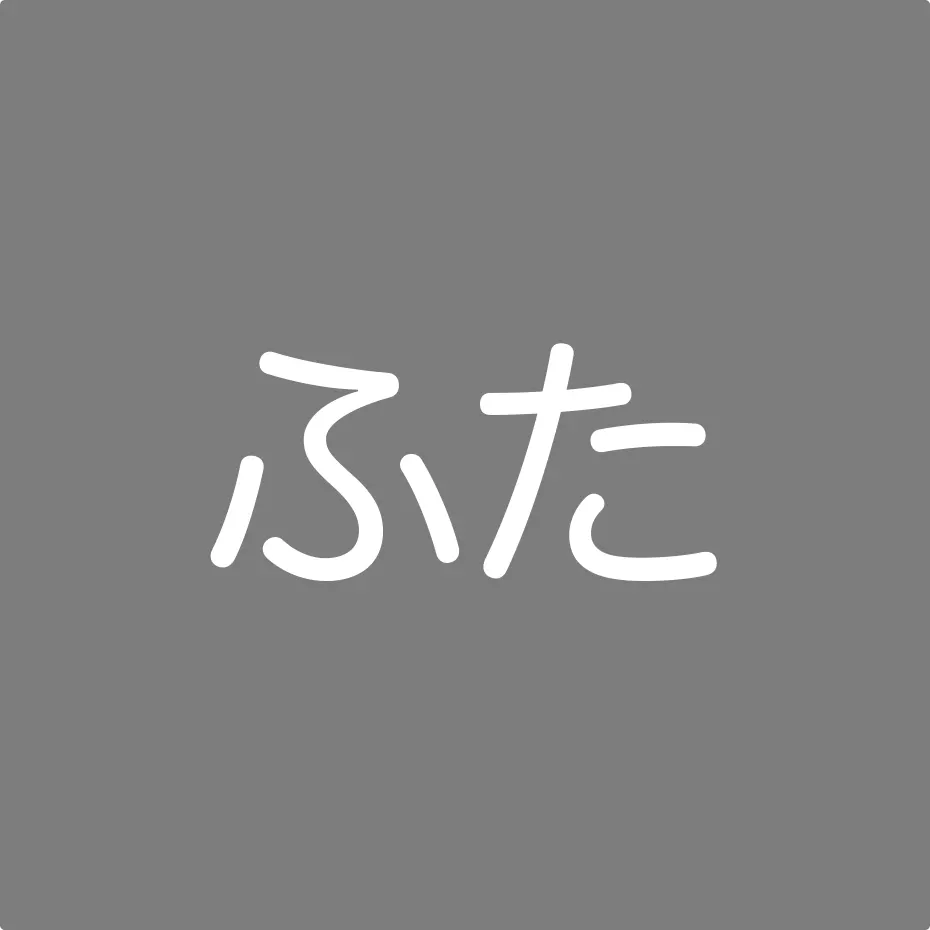
二 / に / ふた
In Japanese, numbers can be written in two different ways: using Indo-Arabic numerals (1, 2, 3) or Chinese numerals (一, 二, 三). Indo-Arabic numerals are more commonly used in horizontal writing, while Chinese numerals are more prevalent in vertical writing.
Typically, numbers are written with two different symbols: one derived from Chinese for cardinal numbers and one Japanese for ordinal numbers, although there are exceptions where the Japanese version is preferred for both uses.
The number 2 is commonly read as に (ni) in On’yomi reading, but also, less frequently, as ふた (futa) in Kun’yomi reading.
Kun reading or Kun’yomi (semantic reading) of a kanji is historically derived from Japanese. When Chinese writing appeared in Japan, it was used to transcribe the Japanese language. Kanji, being ideograms, convey a word rather than a sound. This reading coexists with On reading or On’yomi, historically derived from Chinese. On reading or On’yomi (sound reading) of a kanji is historically derived from Chinese. It coexists with Kun reading or Kun’yomi, the original Japanese reading attributed to the kanji at the time of its importation into Japan by the Koreans.
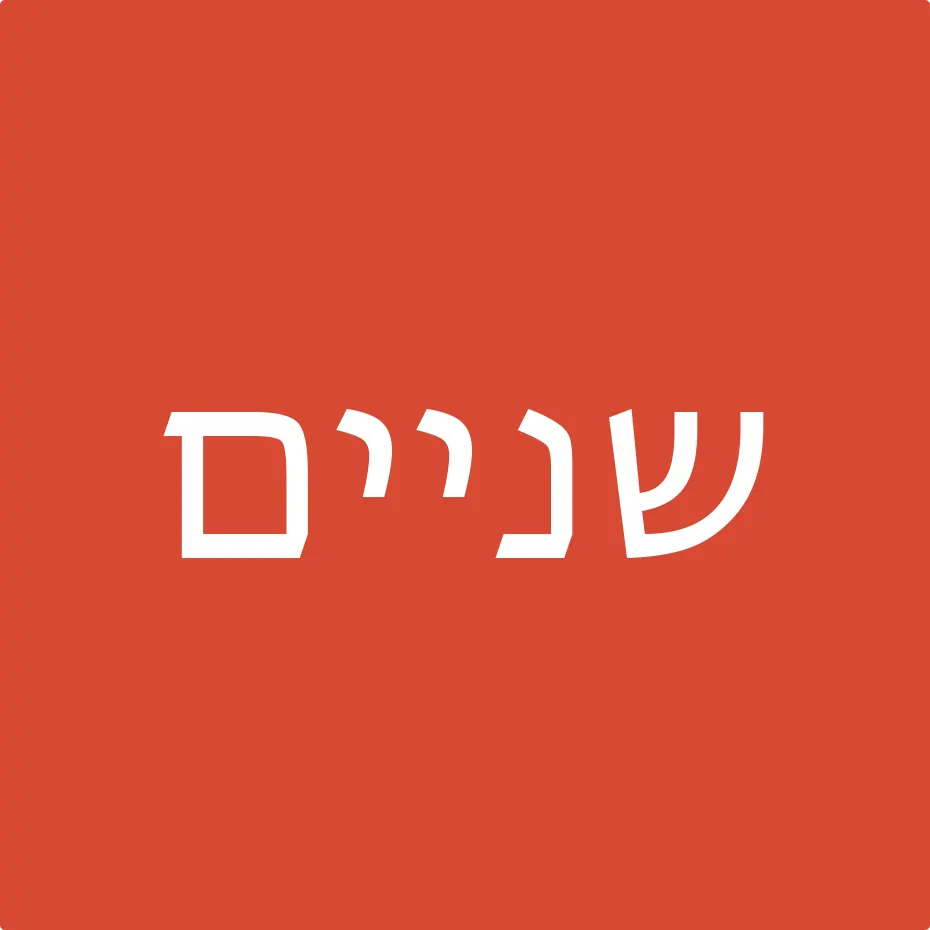
2. ʃtajm
כל מספר שלם נקרא מספר זוגי אם הוא מתחלק ב־2. בשיטות ספירה שלהן בסיס זוגי ניתן לבחון את הזוגיות בקלות באמצעות בדיקת הספרה הימנית ביותר במספר: אם היא זוגית כל המספר זוגי.
חרף היותו מספר ראשוני, שתיים הוא גם מספר פריק במיוחד, מכיוון שיש לו יותר מחלקים מאשר ל־1.
2 הוא הבסיס של שיטת הספירה הפשוטה ביותר שבה מספרים טבעיים יכולים להיכתב בפשטות. השיטה הבינארית נמצאת בשימוש נרחב מאוד במחשבים, בזכות פשטותה המאפשרת מימוש אלקטרוני פשוט.
במדעי הטבע
בכימיה, 2 הוא המספר האטומי של הליום.
בביולוגיה, רבייה זוויגית מתרחשת ביצורים בעלי שני זוויגים. ליצורים אלה יש, על פי רוב, מערכת כרומוזומים כפולה. כמו כן, ביצורים אנימליים ישנם איברים רבים המצויים פעמיים ואיברים נוספים המופיעים במספר זוגות. לדוגמה, רגלים או שדיים מצויים ביצורים חיים בזוג אחד או במספר זוגות.
ב (bet)
The Hebrew language has names for common numbers that range from zero to one million. Letters of the Hebrew alphabet are used to represent numbers in a few traditional contexts, such as in calendars. In other situations, numerals from the Hindu–Arabic numeral system are used.
Cardinal and ordinal numbers must agree in gender with the noun they are describing. If there is no such noun (e.g., in telephone numbers), the feminine form is used. For ordinal numbers greater than ten, the cardinal is used. Multiples of ten above the value 20 have no gender (20, 30, 40, … are genderless), unless the number has the digit 1 in the tens position (110, 210, 310, …).
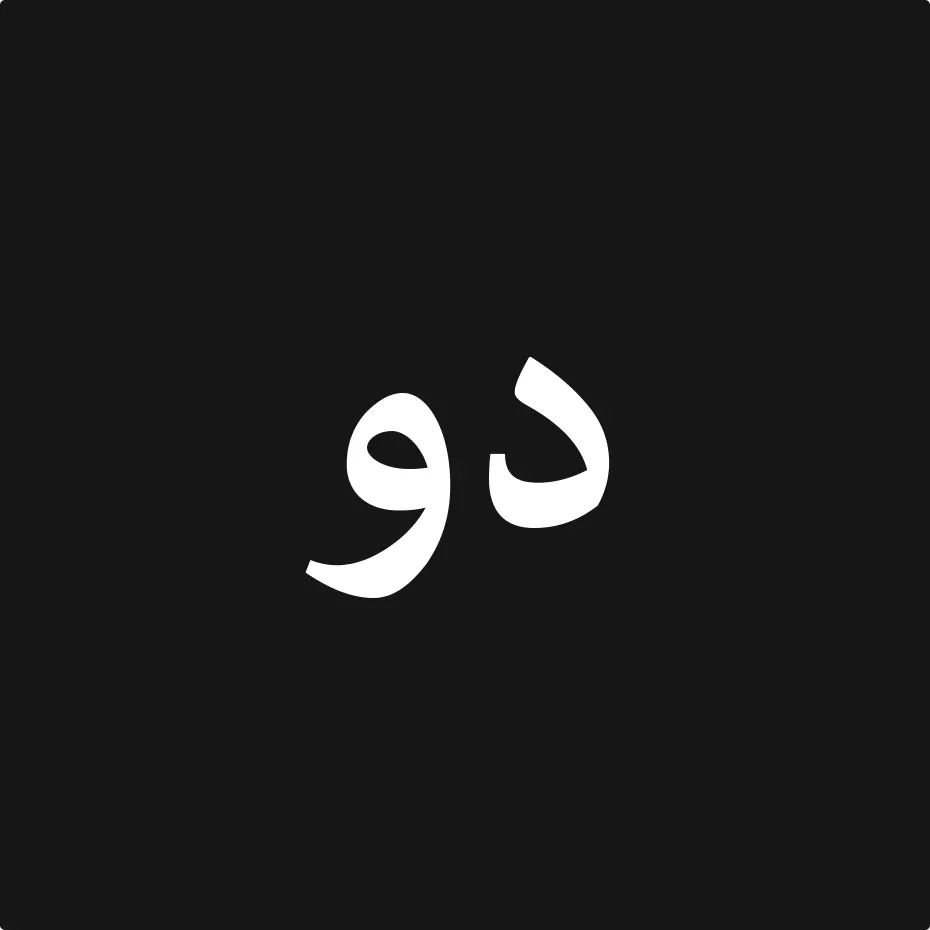
Urdu
Urdu is an Indo-Aryan language spoken chiefly in South Asia. It is the national language and lingua franca of Pakistan, where it is also an official language alongside English. In India, Urdu is an Eighth Schedule language whose status and cultural heritage is recognised by the Constitution of India; and it also has an official status in several Indian states. In Nepal, Urdu is a registered regional dialect and in South Africa it is a protected language in the constitution. It is also spoken as a minority language in Afghanistan and Bangladesh, with no official status.
Urdu has been described as a Persianised register of the Hindustani language; Urdu and Hindi share a common Sanskrit- and Prakrit-derived vocabulary base, phonology, syntax, and grammar, making them mutually intelligible during colloquial communication.[17][18] While formal Urdu draws literary, political, and technical vocabulary from Persian,[19] formal Hindi draws these aspects from Sanskrit; consequently, the two languages’ mutual intelligibility effectively decreases as the factor of formality increases.
In 1837, Urdu became an official language of the British East India Company, replacing Persian across northern India during Company rule; Persian had until this point served as the court language of various Indo-Islamic empires. Religious, social, and political factors arose during the European colonial period that advocated a distinction between Urdu and Hindi, leading to the Hindi–Urdu controversy.
Urdu became a literary language in the 18th century and two similar standard forms came into existence in Delhi and Lucknow. Since the partition of India in 1947, a third standard has arisen in the Pakistani city of Karachi. Deccani, an older form used in southern India, became a court language of the Deccan sultanates by the 16th century.
According to 2022 estimates by Ethnologue and The World Factbook, produced by the Central Intelligence Agency (CIA), Urdu is the 10th-most widely spoken language in the world, with 230 million total speakers, including those who speak it as a second language.
History
Urdu, like Hindi, is a form of Hindustani language. Some linguists have suggested that the earliest forms of Urdu evolved from the medieval (6th to 13th century) Apabhraṃśa register of the preceding Shauraseni language, a Middle Indo-Aryan language that is also the ancestor of other modern Indo-Aryan languages.
